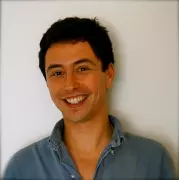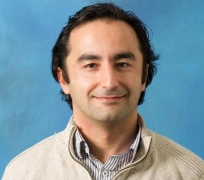– Europe/Lisbon
Room P3.10, Mathematics Building
— Online

Diogo Oliveira e Silva, Instituto Superior Técnico
To be announced
